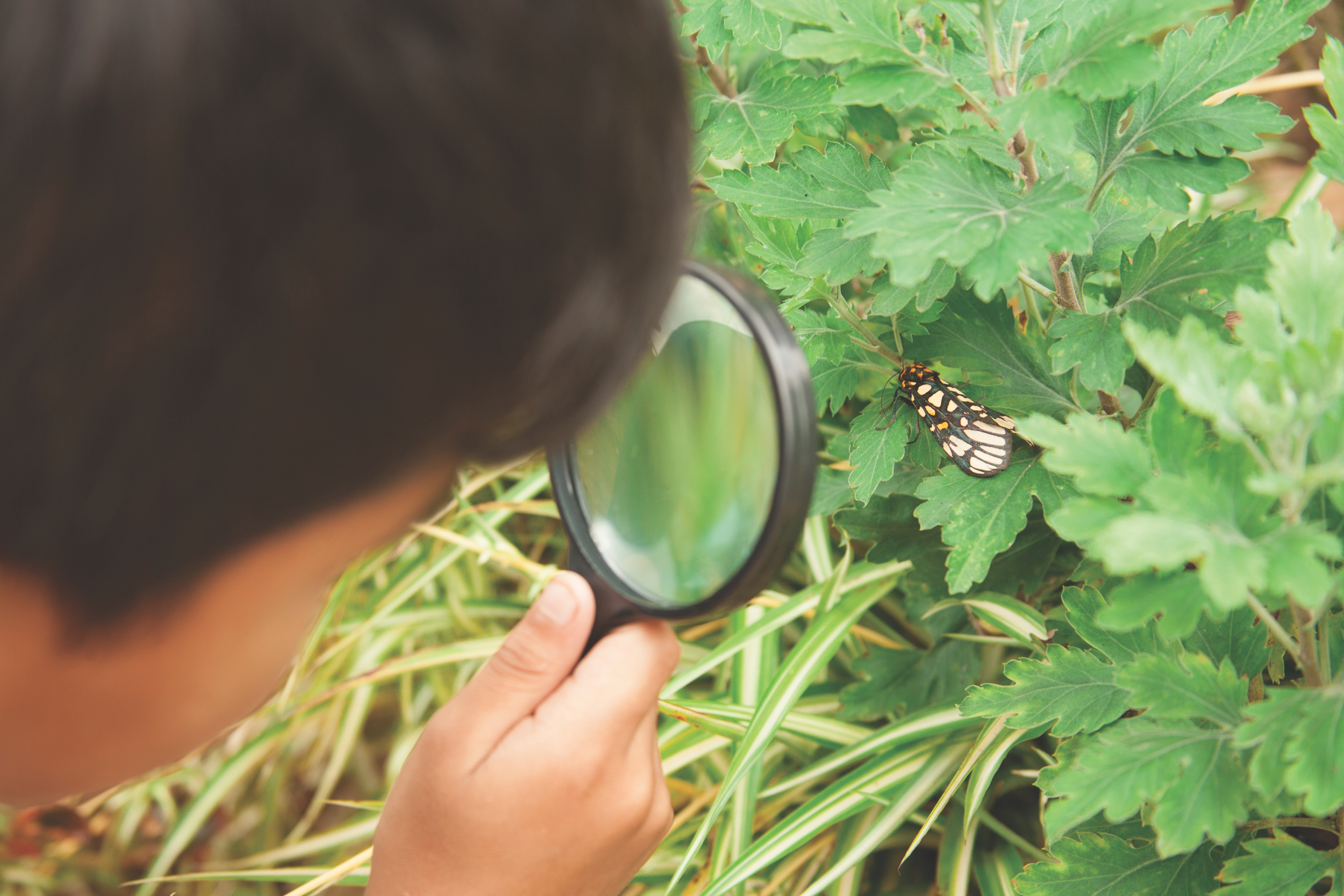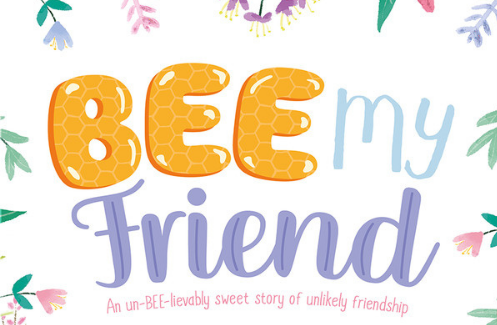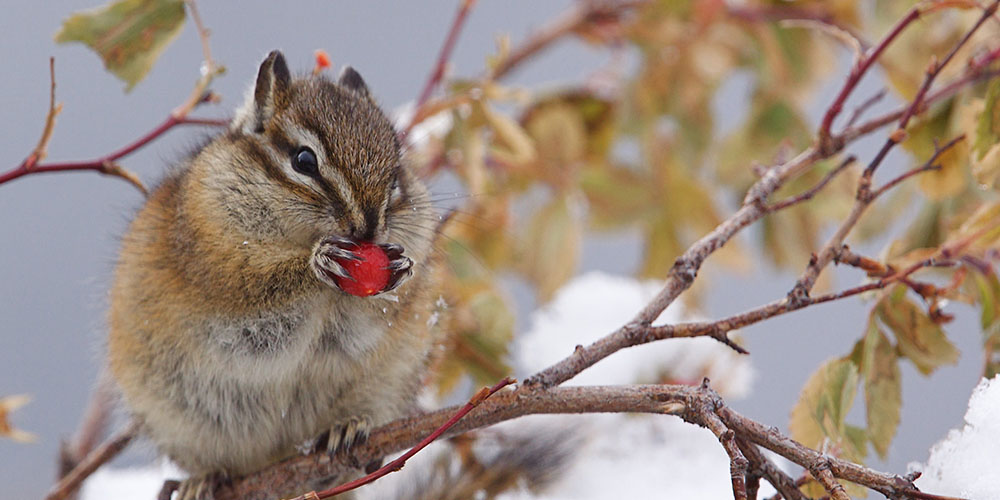Backyard Naturalist
Every organism needs food, water, shelter, and space. A place that meets all these needs is called a habitat. Students will explore a nearby habitat—their backyard, schoolyard, or other outdoor setting—to look for signs of animals living there.
Objectives
Students will
- Identify signs of animals living in an outdoor site.
- Describe how this habitat meets the needs of the animals living there.
For the complete activity and more like this, purchase the Explore Your Environment: K-8 Activity Guide at Shop.PLT.org and/or attend a professional development training in your state.
Explore Your Environment: K-8 Activity Guide is a supplementary curriculum that is multi-disciplinary, with an emphasis on science, reading, writing, mathematics, and social studies.
Each activity displays explicit connections to practices and concepts expected by the following national academic standards so teachers can easily see where the materials will fit into their lesson plans:
- Next Generation Science Standards (NGSS)
- Common Core Toolkit, includes
- English Language Arts (CCSS.ELA)
- Mathematics (CCSS.MATH)
- College, Career, and Civic Life Framework for Social Studies (C3)
Our professional development further demonstrates these connections, as well as to state and local standards, contact your state coordinator.
STEM: Backyard Safari
Investigate how animals living in our backyards or schoolyards get what they need to survive and explore habitats nearby. These enrichments for a PLT activity, Backyard Safari, model the practices of a biologist by collecting and analyzing data and a
Bee My Friend
Poppy is afraid of bees until she begins to learn about all the essential ecosystem services that pollinators—and bees, in particular—provide.
Bird Count
This book is a fictional narrative about a girl who participates in the Audubon Bird Count each year. The story follows Ava, her mother, and their team leader, Big Al, through a full day of the Bird Count.
Amara and the Bats
Amara and the Bats Grades: K-2 Written and Illustrated by: Emma Reynolds Published by: Atheneum Books for Young Readers, 2021 ISBN-13: 978-1534469013 Recommended Reading As Halloween approaches, fall is a great time to think about bats and their role in our ecosystems. Bats live all around the world on every continent, with the exception... Read more »
Wild Ones, Observing City Critters
Wild Ones, Observing City Critters Grades K to Grade 5 ISBN-13: 978-1584695547 Dawn Publications, 2016 Recommended Reading A new children’s picture book called Wild Ones, Observing City Critters offers readers a tour of wildlife that can thrive in urban areas. The main character is Scooter, a dog who wanders away from home. Readers are invited... Read more »
EE Resources
Seek by iNaturalist
The Seek App uses image recognition technology to identify the plants and animals all around you. Earn badges for seeing different types of birds, amphibians, plants, and fungi and participate in monthly observation challenges.
Sound Map of the Forest
Listen to the sounds of the forest with this interactive map by Timber Festival. This open-source library maps recorded sounds of woodlands and forests from all around the world. Tune into the sounds of nature with your students, then go outside and create a sound map together of the schoolyard or write a poem about what you... Read more »
Video Demo: Schoolyard Safari
Watch the Schoolyard Safari Demonstration video (6 minutes). In PLT’s Schoolyard Safari, students go on a safari to explore a nearby habitat – the schoolyard – while looking for signs of animals living there. This video was developed by Anita Smith, a Maine PLT Facilitator.
Foldable Paper Microscopes
Foldscope is a foldable microscope made mostly of paper that achieves the goal of being less than one U.S. dollar in parts to produce. These origami microscopes weigh less than 10 grams and provide the magnification power of your standard classroom microscope. Produced by Foldscope Instruments, the company’s mission is to produce low-cost scientific tools that... Read more »
The Fresh Air App
Download the Fresh Air – Hyperlocal Weather & NOAA Radar Map app to explore the weather around you using data from the U.S. NOAA Weather radar map. Visualize local temperature, precipitation, wind, and more with daily weather notifications.
NestWatch Citizen Science Project
NestWatch is a nest-monitoring project developed by the Cornell Lab of Ornithology in collaboration with the Smithsonian Migratory Bird Center and funded by the National Science Foundation. Sign up with your classroom to become a certified NestWatcher and help track the status and trends in the reproductive biology of birds including nesting, eggs laid, eggs hatched, and hatching... Read more »
Disneynature Explore
The free Disneynature Explore application for iPads and iPhones combines an augmented reality experience with animal behavior gameplay to encourage young students (grades PreK-3) and their families to get outside and connect with nature. In the app, 3D images of animals appear in the camera’s viewer, providing students with “wild adventures” in their own backyard.... Read more »
Create a Schoolyard Wildlife Habitat
The Schoolyard Habitat Project Guide from the U.S. Fish & Wildlife Service gives step-by-step recommendations for creating a wildlife habitat at site, based on on-the-ground experience from successful projects.
Find Nearby Trails and Parks
AllTrails is a free app that helps users discover the outdoors. Use it to find a hiking path suitable for children, to search for local places to bike or fish, or to plan a national park visit.
Bird Sleuth
The BirdSleuth Guidebook from the Cornell Lab of Ornithology offers step-by-step instructions to enable families, school groups, and others to get outdoors and connect with nature. Use this booklet in conjunction with PLT lessons, for example, go on a habitat scavenger hunt (Trees as Habitats), create a sound map (Sounds Around), and identify backyard species... Read more »
Color the World!
Coloringnature.org offers more than 500 realistically illustrated coloring pages that can be downloaded and printed for use in PreK-8 classrooms. Choose from categories such as amphibians, reptiles, mammals, birds, insects, animal homes, biomes and habitats, and trees. Consider pairing the pages with PLT activities as diagrams, models, or assessment tools.
USGS Water Science School
This U.S. Geological Survey’s (USGS) Water Science School website offers information on many aspects of water, along with pictures, data, maps, and an interactive center where you can share your opinions and test your water knowledge.
Schoolyard Safari Bingo Card
Have students embark on an individual or group scavenger hunt using this photo-based, Bingo-style card, created specifically for PLT’s Schoolyard Safari activity.
Secret Lives of Wild Animals
This National Science Foundation website looks at new technologies being used to observe animals in their natural environments. See video clips and stories about the technology used for tracking white-tailed deer, ocelots, agoutis, dragonflies, zebras, and seals.
Earth from Space
This Smithsonian Institution website provides students (and teachers!) access to views of conditions and events on earth that are nearly impossible to document from the Earth’s surface. The site proves interactive; explaining how satellite imagery is gathered and used to better understand the world around us.
Tips for Taking Students Outside
Friends of the Prairie Wetlands Learning Center has put together some short, simple, and practical recommendations to help effectively incorporate use of an outdoor classroom. Suggestions include finding an experienced mentor, scheduling a set time for taking students outdoors, and examining learning standards to see what are best taught outside.
iNaturalist
iNaturalist is a species identification app that allows users to record their observations of living things by way of taking photos and appending GPS coordinates to their discoveries. Each user has their own profile and can follow others to keep a tab of what others are posting, or share what they have photographed. The app... Read more »
Ordinary Extraordinary Junco
Introduce yourself to one of North America’s most common groups of songbirds, the Juncos. Readily observed in backyards, city parks, and forests alike, these little gray birds—sometimes called “Snowbirds”—can be easily overlooked. But for scientists who study animal behavior, ecology, and evolutionary biology, the Junco is a rockstar. Use these video shorts from The Junco... Read more »
Encounters: Wild Explorer
The public radio program Encounters: Radio Experiences in the North explores the natural history of Alaska and the Far North. An accompanying website offers K-12 teachers links to the episodes as well as resources, such as slideshows, videos, and sound clips, introducing the animals and habitats of the regions: beavers, bears, caribou, humpback whales, boreal... Read more »
The Secret Life of Trees
This animated presentation for students in grades 3-5 explains in detail how an acorn becomes a tree. The audio is available in English and Spanish.
Schoolyard Habitat Program
This US Fish & Wildlife Service initiative helps teachers and students create wildlife habitats at their schools. Their Schoolyard Habitat Project Guide offers teaching and learning opportunities in many discipline areas and provides opportunities for long-term data collection. Additionally, schools and organizations serving K-12 students may apply for grants of up to $8,000.
WildLab Bird
A free app that can be downloaded onto any Apple device (try iBird Lite for Android). Use WildLab Bird to learn the basics of bird identification. This application uses audio, photographs, maps, and the process of elimination to help identify over 200 bird species. Sightings can also be entered into a national bird watching database for... Read more »
Dawn Publications – If You Love Honey
“If you love honey, then you must love honeybees” so says Dawn Publications’ children’s book, If You Love Honey. If You Love Honey takes readers on an exploration through the benefits and beauty that prevail through the relationships of living, breathing organisms that co-exist in nature. The colorful illustrations and simple concepts help young minds... Read more »
Login to download supporting materials such as appendices and teaching tips.
Login
 Get this Guide
Get this Guide
 Find Training
Find Training



